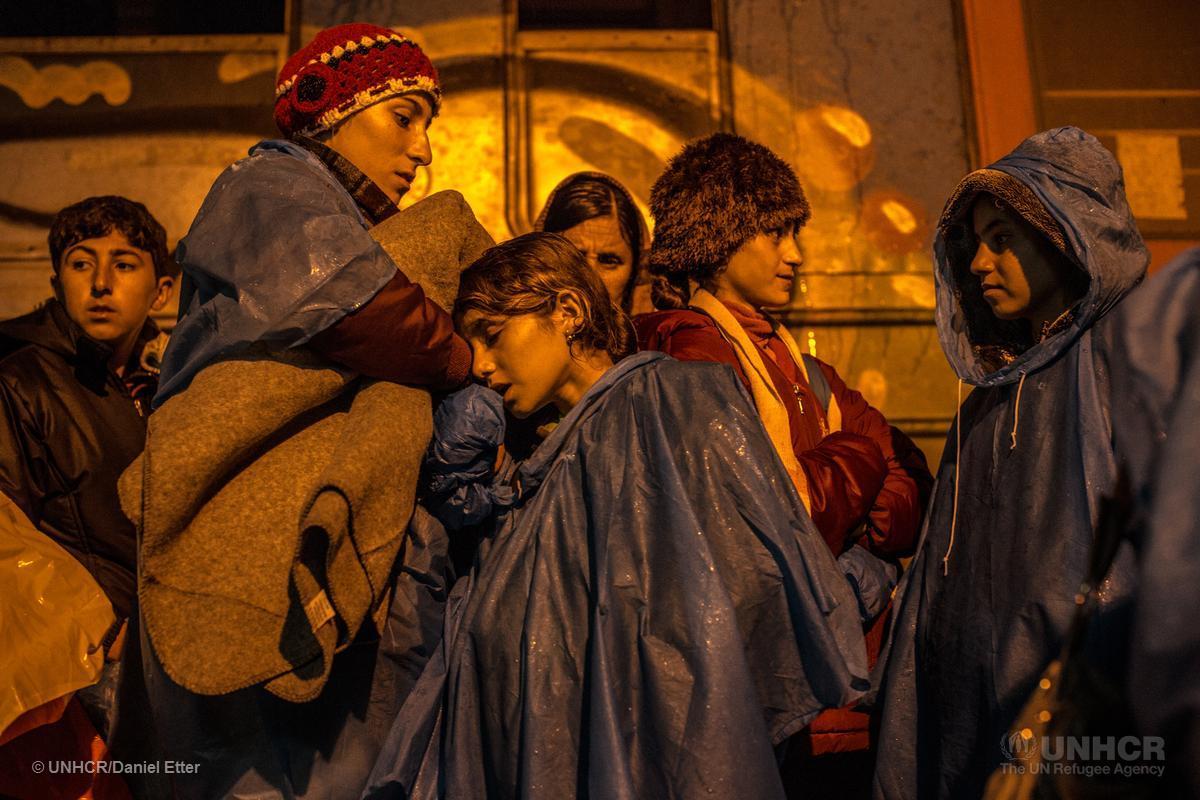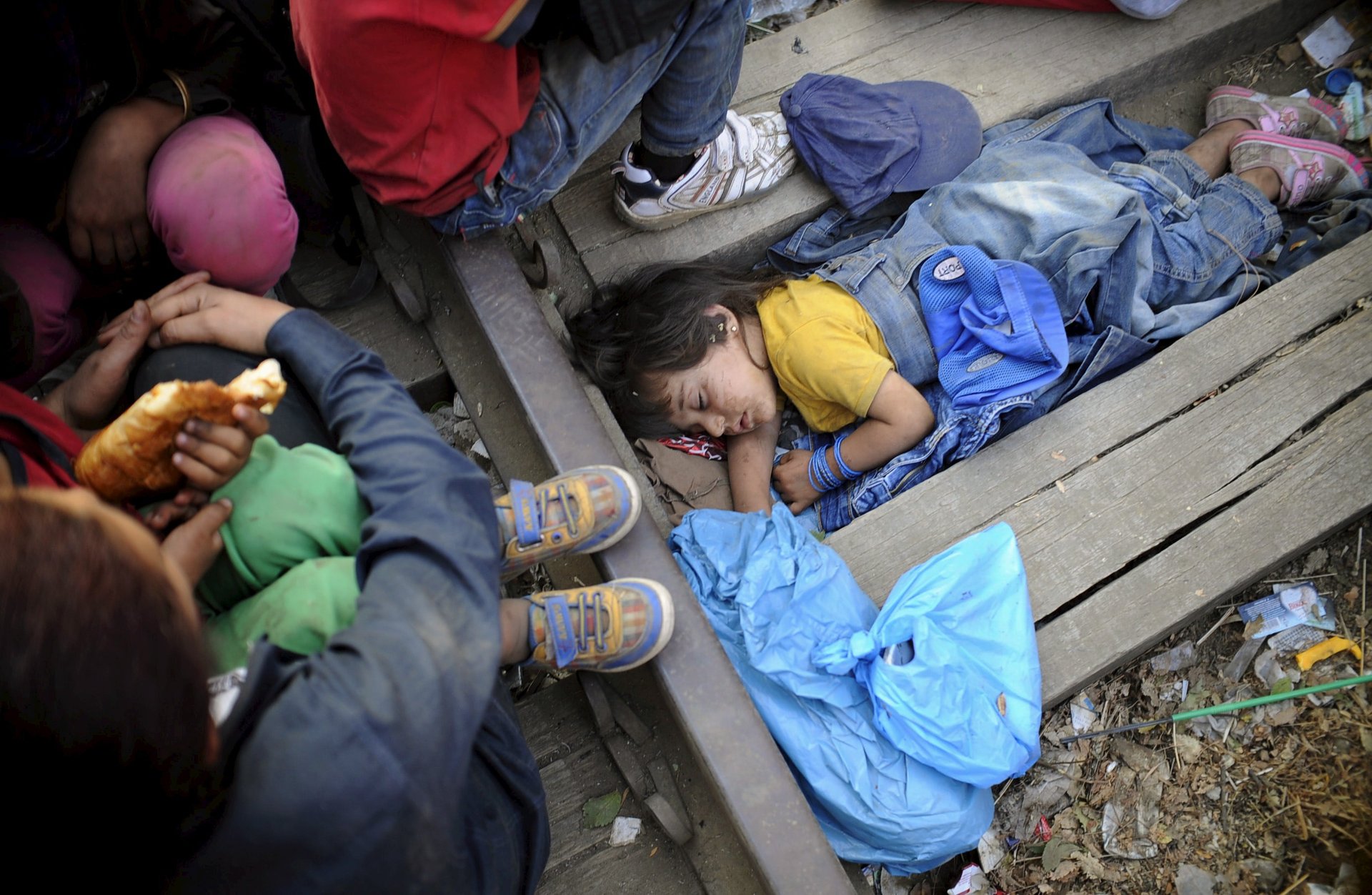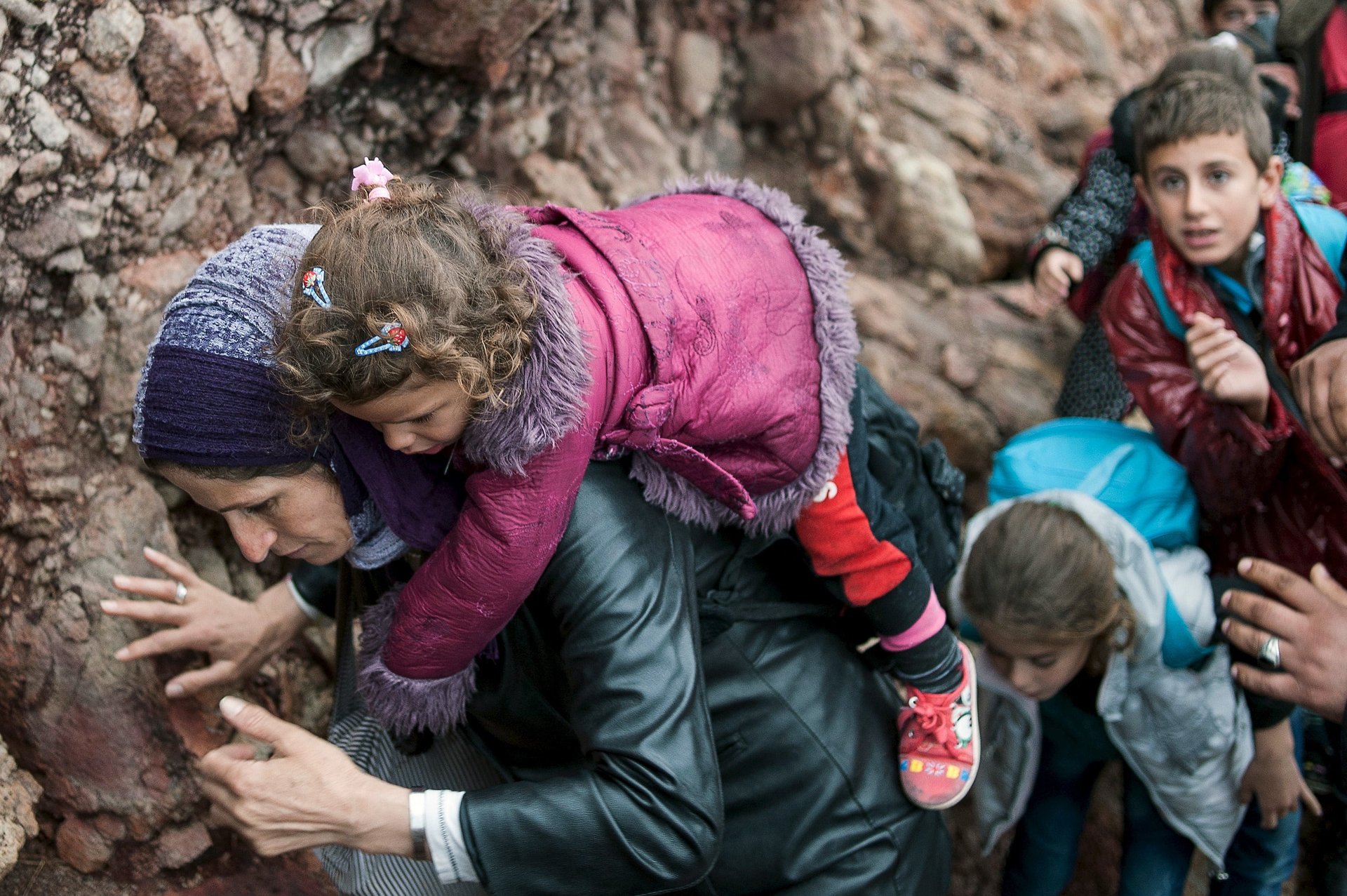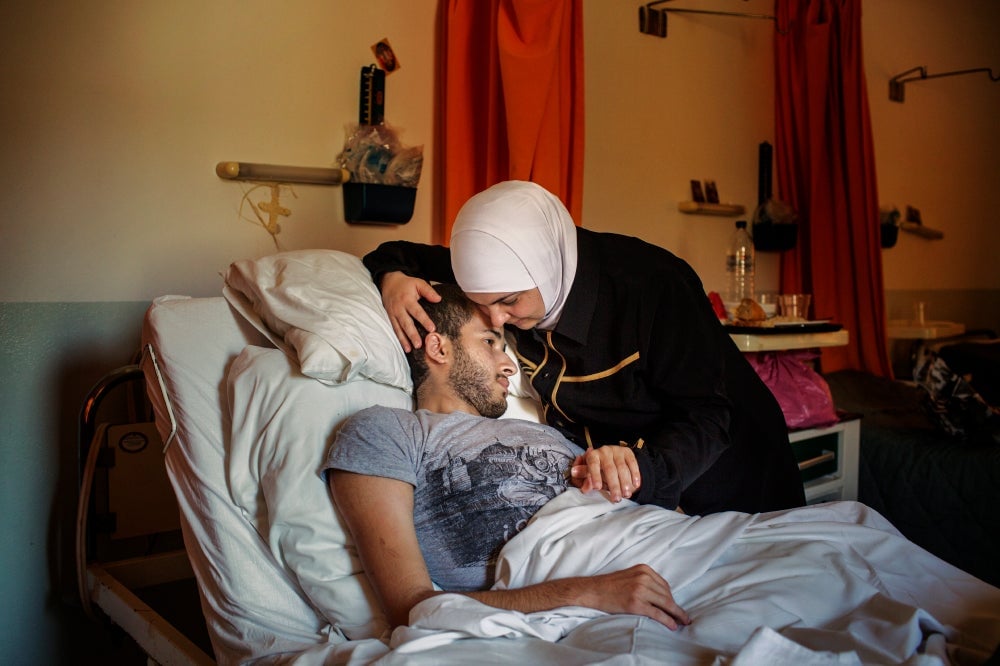The true meaning of Christmas, in photos
The story of Christmas is also the story of a Middle Eastern family seeking refuge, as many have pointed out.
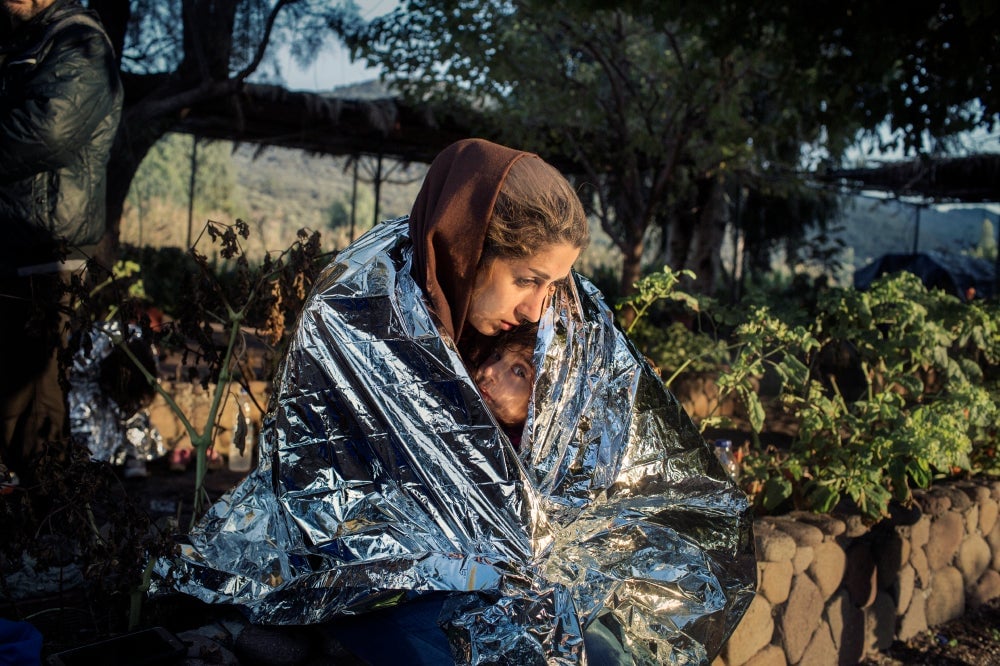

The story of Christmas is also the story of a Middle Eastern family seeking refuge, as many have pointed out.
Celebrations of Christ’s birth are only a day away, and for weeks the world’s 2.2 billion Christians have been setting out nativity scenes of animals and visitors crowded around an infant Jesus. The son of God was born in a stable, according to the Bible, because his pregnant mother, a foreigner, had been turned away from shelter in Bethlehem.
It’s a particularly contemporary story, considering how many other mothers and children find themselves in similar straits this year. In 2015, more than 1 million refugees and migrants landed at the edges of Europe according to the International Organization for Migration. This year’s news photos, from beaches in Greece and Italy to the borders of Slovenia and Hungary, reveal a poignant struggle to survive against the odds, and a few even seem to evoke the same iconic story being honored this time of year.
In one, a mother with no shelter holds her child in a thermal blanket, shining with light. In another, a young man lies exhausted after swimming to lighten a foundering boat. No need to genuflect to these tableaux vivants; such scenes of suffering happen every day. But this week, as many in the West celebrate their Christian roots, perhaps we should pay closer attention to our instincts for compassion and hospitality. As the grown-up Jesus says in Matthew: ”Whatever you did for one of the least of these brothers and sisters of mine, you did for me.”
